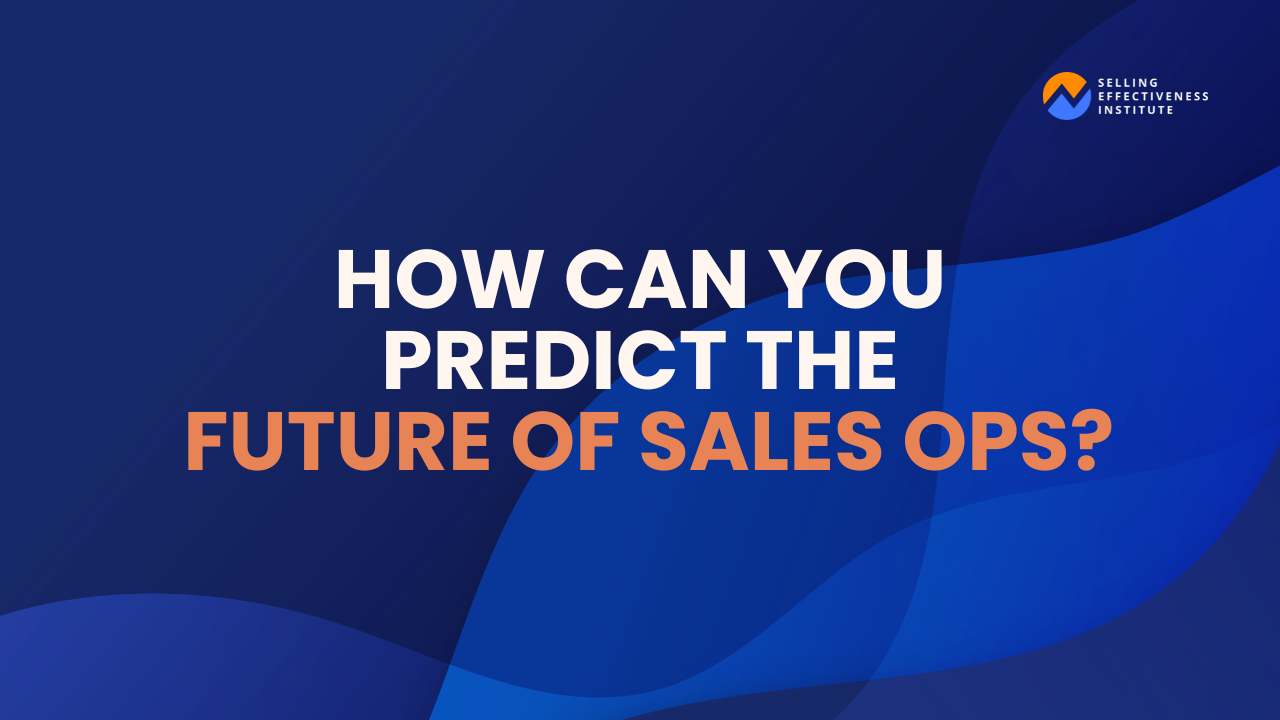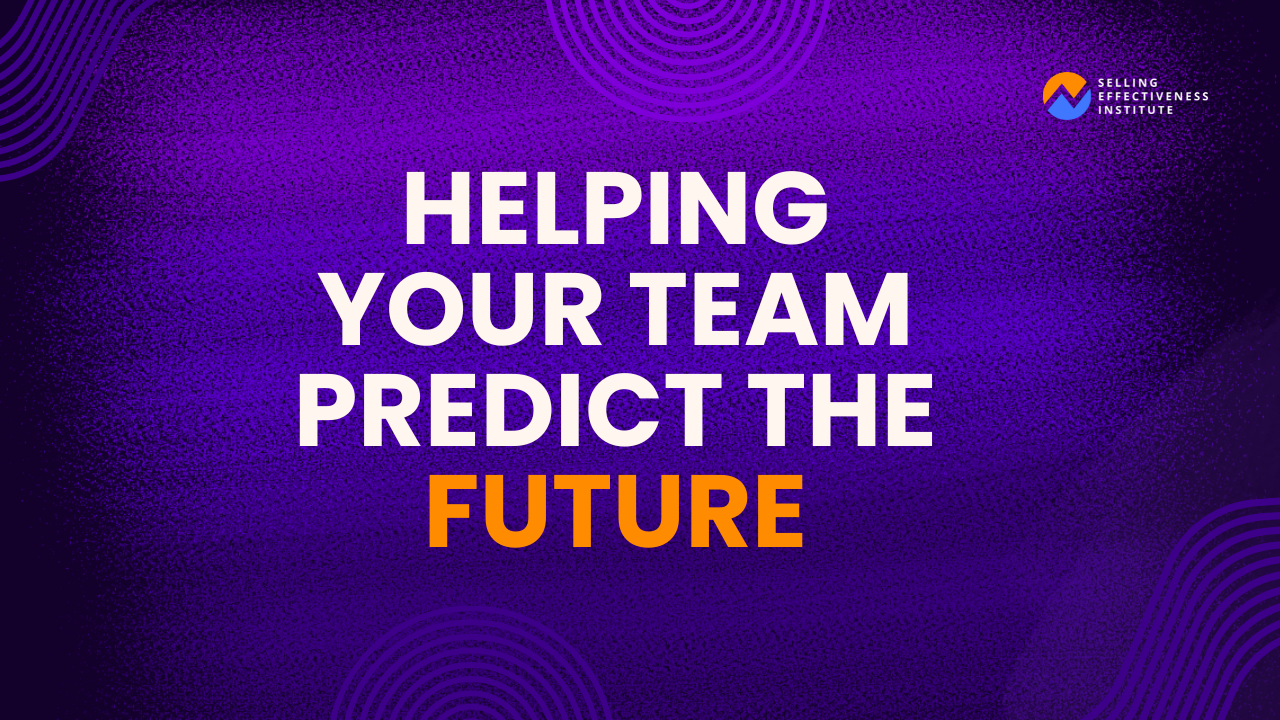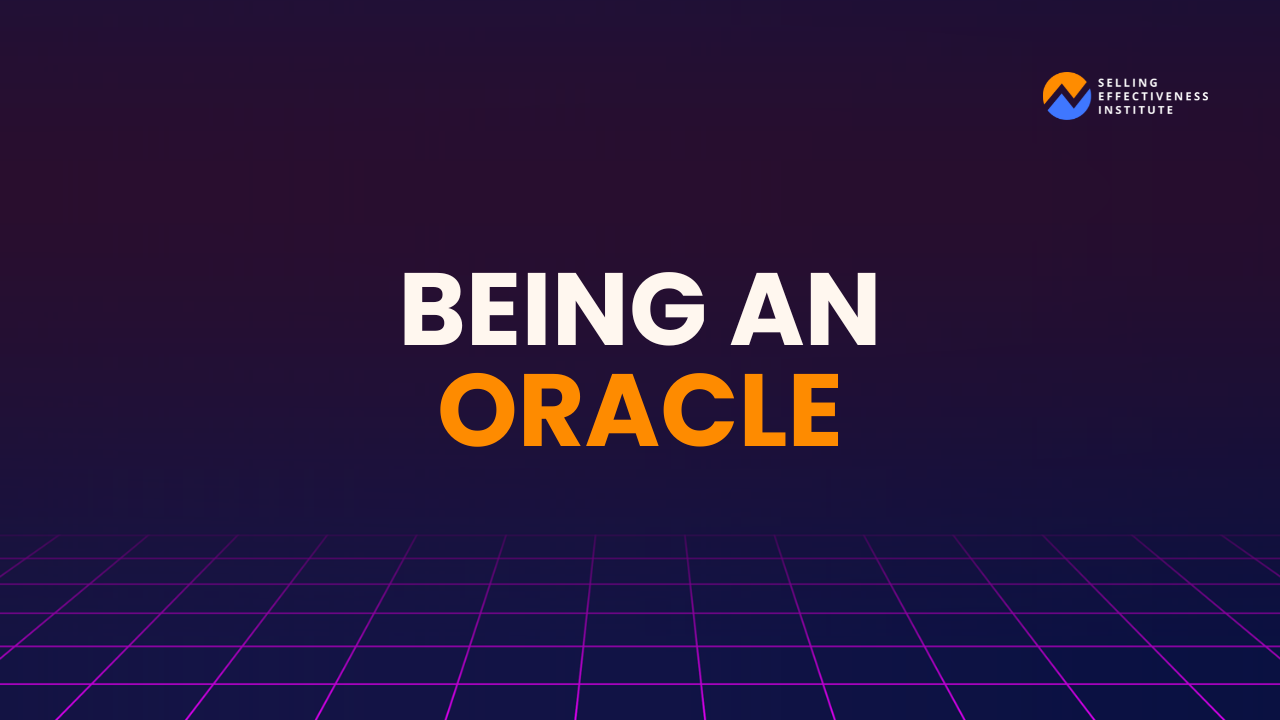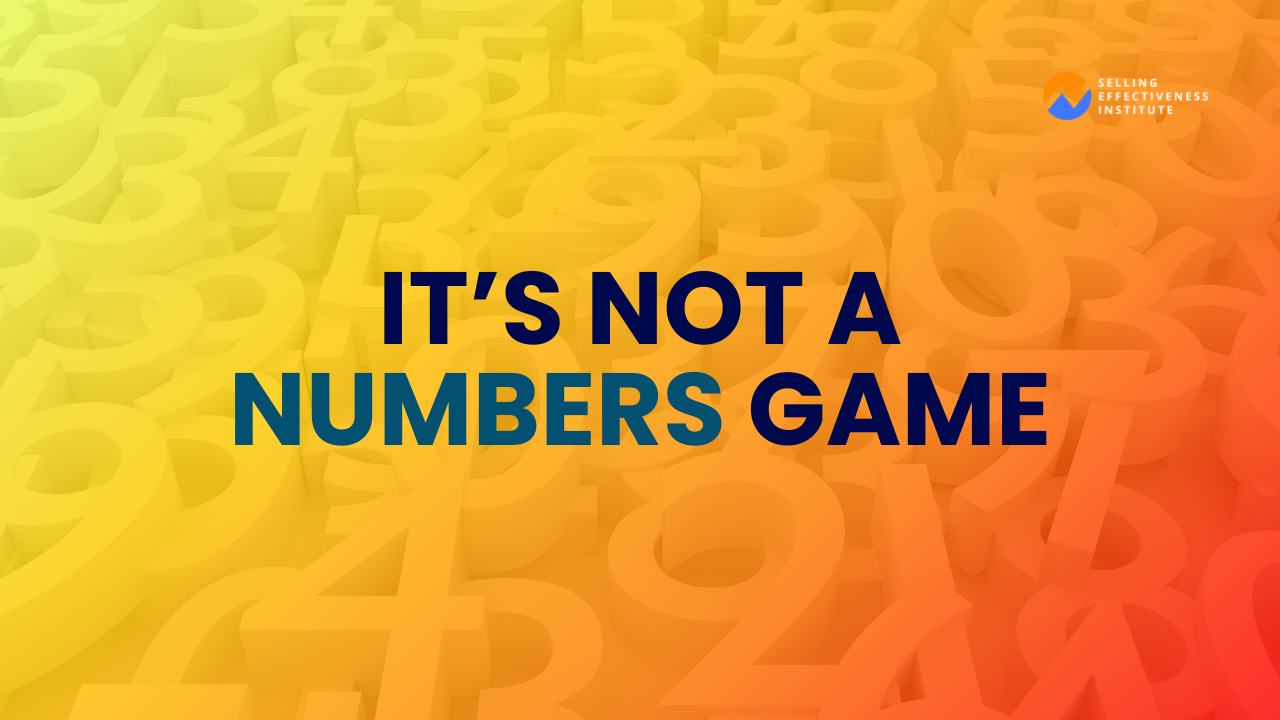Jason: Hey, welcome back to the sales experience podcast. Welcome to another portion of my guest conversation with Eric Kider from Infogroup. Now as you are listening to this, and I’m going to mention it a few times in these intros of this four-part series, it might sound like this is a little bit of a commercial for Infogroup, but it’s definitely not paid product placement. It’s not a paid advertisement. I truly am excited and believe it and I mentioned it in the final segment that when Eric and I are wrapping up, but literally the information that Eric shares is valid. If you’re interested in data or need data for marketing, it’s so vital if you’re in a sales or marketing management role and all of that, whether it’s with Infogroup or through any other company out there that doesn’t, it’s so valid and valuable if you’re doing performance-based marketing, so make sure, listen to this episode, subscribe, check out every portion of the series. It’s so great if you’re in a sales leadership or marketing leadership, finance leadership type of role where you’re dealing with salespeople. It’s so important. Here we go part two.
Eric: By looking in, leveraging the best data upfront and doing that kind of analysis, you’re actually saving money by not having campaigns sent out to information or customers that are actually not accurate or that’s not the right data or worse, it’s the wrong audience. And therefore where you think you’re spending too much money on the front end of getting the right data at a right analytics put in to get the right prospect universe put together. In fact, if you do really the comparison downstream, you realize that you’re actually spending a lot more money by not doing that first step upfront.
Jason: And if you think about that, you know, cause I’m imagining you know, the resistance and I’ve seen it before where I’ve advised companies or owners, you know, that we need to get better data. And it’s the same thing if you extrapolate that out for the sales reps, if you were to give a salesperson, let’s say 20 or 30 calls a week and you know, half of those don’t qualify, then you’re wasting a lot of their time and keeping them, you know, from closing more deals, right? It’s an opportunity costs and or whatever cost to generate those. So it’s the same thing. If I understand what you’re saying, which is you know, if your, let’s say you’re doing direct mail, you’re old school, which even though it’s 2020 direct mail still works or you’re doing digital advertising or email, whatever that is you might be doing is do you want to send, you know, 100,000 letters and just hope that the data is good or do you want to send, you know, let’s say 50,000 letters and then know that you know you’re going to have a higher response rate because it’s more actual data that you know is going to be effective.
Eric: Absolutely correct. Absolute correct. And again, you know, it’s interesting because today again, there are so many providers of information or data out there in the US you know, market that it is hard, you know, for people to determine who do I go to.
Eric: And you know, sometimes people use budget, which by the way is an important first step as an indicator. And it kind of a even a regulator of how and who they go after in order to get and purchase their data. And you know, look, I’m not saying someone should not focus on budget alone because especially if they’re on a budget constraints, they want to kind of get the most for the least amount of money. But also would caution that by keeping budget as a regulator, ultimately what you might be doing is thinking that you’re getting a lot more records or information for that dollar. But the quality, the timeliness, the latency and all the factors that go into that, you might be fooling yourself because that information is really just money that you’re throwing into the trash can. And therefore, you know, you’re, although you’re getting a million records, it’s a million that is just, you know, almost 60% dated or no longer valid.
Eric: And therefore, yeah, the numbers sound great based on the price you’re paying, but you’re never getting back that ROI because you’re just not sure where it’s coming from or the origination of the source. And so, you know, I totally understand. You know, one company said to me, well, my budget is X. What can you do for me? And I always start off with saying, well, what’s the outcome you’re trying to drive? Right? What are you looking for? And let’s then, let’s talk about the measure of success of this campaign. What’s your target audience? What’s your messaging? What’s the actual expectation of conversion and what’s the rule of, you know, overall the critical success factors. And I’ve had companies, companies saying, well, I really just want for now a break even. I know it sounds weird, Jason. I had one client say, I just want to have a one-to-one return, Eric.
Eric: So I said, okay, for every dollar you spend on marketing, you want a dollar return. The guy goes, yes. I said, may I ask why? Because traditionally you would think you want at least a 1.1 or 1.2 or some element that’s higher than one. And he said to me, we’re in the game right now of building our brand awareness. And so even if I get a one-to-one, I know I’m not losing money, but I am getting a brand imprint by email, by using multichannel approach, including direct mail, Jason, that will help me in the future because I know that company that I’m mailing or connecting to will have my brand in their front of mind, especially when they’re thinking about certain things that we might be able to help them with. And so that’s a different strategy. And so we helped design a specific set of campaigns, leveraging everything from direct mail to email to banners to you name it, and that multichannel approach.
Eric: Ultimately we’re tracking with that company and we are returning a one to one return. And that’s kind of being successful because we’ve met that expectation for that client. But that’s a very specific example of, of how one should think about what they’re going into with their campaign. You know, I also find companies that are believing that they drop a million emails, you know, of course not all at once cause you don’t want to get, you know, you don’t wanna get spam house or he mad at you. But I’ve had companies drop million and they say, okay, well we’ll just, we just want to keep on dropping these emails without necessarily the clarity of what’s the measure of success from the dropping those emails. You know, it’s not this bounce backs or how many of you get returned without opt outs. It’s more of what you’re trying to drive as a business and a lot of times people just don’t connect that first outcome metric to that of the campaign or activity they’re doing.
Jason: Yeah, and there’s so much in what you were talking about. One thing that popped in my head is the client that you had that wanted a one to one ratio, it sounds super weird on the surface and probably not necessarily great, but if they have a long term strategy, it makes sense. And at the same time, you know, I’m in California, in your Silicon Valley, there’s a lot of organizations that don’t even care about a one to one return because they just want to build the branding. They’re just looking at fundraising and they’re not trying to run a, you know, let’s say a profitable business model in the short term. So yeah, it’s interesting when you talk about one to one actually being, you know, a thing to strive for. A lot of organizations out there who are running a completely different fundraising model.
Eric: Oh absolutely. But you know, but to your point, that’s what’s amazing because when you think about the world of marketing to that of engaging and increasing the number of inbound quality leads that then turn to obviously a sale as well as that of the value delivery you provide to your clients. You know, just staying with that one example, it did surprise me, right? Because again, it doesn’t sound logical because coming from my background, it always was a driving factor that you always want a positive ROI, right? Not really. Do you ever talk to anybody about delivering a neutral? Right now, I guess neutral is better than negative of course. But the strategy that this chief marketing officer shared to me was pretty profound because it was part of a complete picture that he had where he knew the specific campaign that we were working with was in connection to other campaigns where there were positive ROI connection to, but in our case, our specific campaign was one that he was dripping and going after new prospects and really realized that it’ll take three to six months of just multiple touches through multiple channels in order to bring brand awareness to that audience and then by month seven or eight he’d hit that person would hit them with a different campaign that would be more targeted to then converting that to a sale.
Eric: Pretty cool. By the way, Again, it was just you think about the strategy and they will using our data for those different types of campaigns. Still the same kind of data but different sequencing of how and what messaging were being sent to that population.
Jason: Well, and I think what’s critical is two parts that I see a lot of businesses a small and medium, they don’t even understand or they’re not even thinking about it. One is, what is the timeframe? What is the timeline of which you want to look at if a marketing campaign is successful and where is it making sense? Right? So you send direct mail or you send emails or you did do digital ads. You’re doing something that’s building brand awareness, but you know, they say it takes 7, 10 different touches for somebody to want to engage with you, right? There’s always going to be those people who it doesn’t matter, they see it once they’re interested, they’re early adopters, they’re jumping in on it, they want to sign up for whatever it is or they want help or they want to buy. And so you have those instant ones, they’ll short term and then you know, how much longer does it take to get the rest of the results?
Jason: How long is that long tail of trailing phone calls or emails or contacts or walks into the dealership. Like, you know, you’ve gotta be able to set that framework so you know if it’s successful. And what I’ve done with some campaigns in the past, especially direct mail, is looking at, okay, well we know how much we want eventually and based on, you know, four years of data, we know that based on how much we mail now and what this is, here’s what the results will be, week one, two, three, four out, 12 weeks. And then you know, from there in bigger chunks of time and so that we know, Hey, based on four weeks or eight weeks in, we know for on the path to winning or not. And then you can make your adjustments. And so you’ve always got to have that timeframe for whether you know, if you’ve won or not. And it’s gotta be relative to the type of campaigns you’re running.
Eric: Oh, absolutely. Well, and that’s why everybody wants today. Instant gratification, right? Not necessarily mean. I mean, I would love nothing more than to drop a bunch of emails, and within the next nanoseconds, having our phone, inbound phone, no started ringing off the hook. I mean, or emails coming back to saying, yes, I’ll buy, you know, that would be, that’s panacea, you know? But today, businesses as well as consumers, as you know, Jason are just more savvy. You know, they have access to more, not only information but more insight. See, so information is interesting, but the consumer today has more insight and as you said earlier, reviews that are provided on Yelp or think about TripAdvisor, right? 15 2030 years ago, you know, no one really thought about TripAdvisor. You would go on a vacation and then, you know, if you had a bad experience, you pretty much were stuck, right?
Eric: You know, you just spoke with your family, your friends. But now if you post something on TripAdvisor, you’re speaking now to millions, right? If not hundreds of millions of different people who also visited that hotel or that restaurant or whatever. And now people are leveraging that, not just for information, but insight that helps them make the decision whether or not they want to go visit that hotel or do that excursion while they’re in, you know, Cabo San Lucas or somewhere. Right? So it’s a very different world we’re in right now. And you know, to me it’s part of going back to the core data that is just pure data that’s not leveraged to be more insight and information to improve your campaigns or your marketing and sales effectiveness. Really just, unfortunately, most people just go in and they don’t always think through that or the measure of success. Right.
Eric: And yes, as you said just before, what’s the timeframe? So what’s the gating mechanism? How long am I willing to try this out and is that reasonable? And if the answer is in your head as a business owner or as a sales leader or even as an associate, you know, sales executive, if it’s not reasonable, then you need to recalibrate to say, okay, well I need results like in the next 30 days. Well, that becomes a very different game plan than that of what I need over three months or six months as part of a nurturing and drip kind of campaign. Very different strategies would be applying to either one scenario. So yeah. You know, that’s been kind of the conversations we’ve been having entering 2020 with most of our clients. And to me that’s kind of what’s exciting because you know, the market is showing real strength.
Eric: There is a lot of craziness going on obviously in the US markets these days, but businesses are feeling positive about what is currently the kind of tailwind behind us right now, even exited in 2019 and a lot of them now using the first quarter, you know, between January and March, to really accelerate those marketing efforts in order to start bringing in some real strong quality leads for them to really exit into go February, March, and age into really building into the trajectory of growing their business in a very positive way. They’re really accelerating in more so these days because of what’s happening in the economy.
Jason: Alright, that’s it for part two of my conversation with Eric. Make sure to go to cutterconsultinggroup.com so you can find the show notes, transcription. Eric’s links as always, keep in mind everything in life is salespeople remember the experience you gave them.













